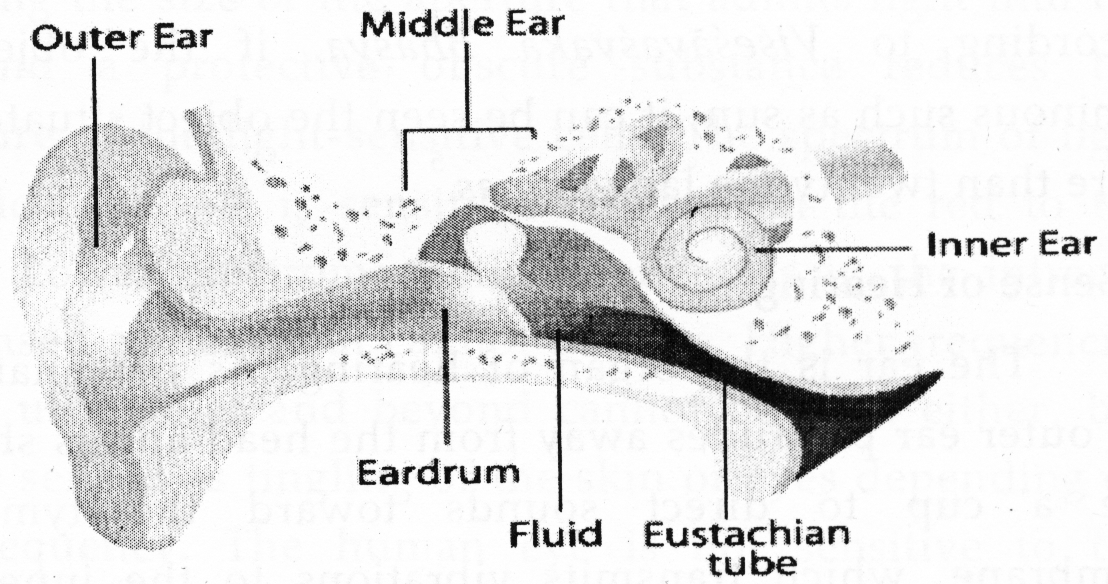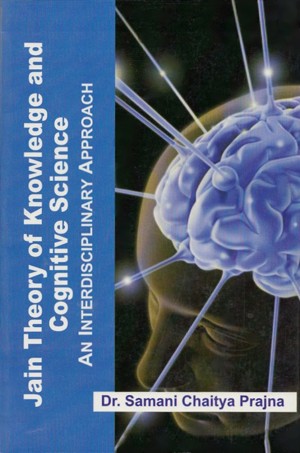The ear is the organ of hearing. As per anatomy, the outer ear protrudes away from the head and is shaped like a cup to direct sounds toward the tympanic membrane, which transmits vibrations to the inner ear through a series of small bones. The inner ear or cochlea is a spiral-shaped chamber covered internally by nerve fibres that react to the vibrations and transmit impulses to the brain via the auditory nerve. The brain combines the input of our two ears to determine the direction and distance of sounds. [33] The human ear can perceive frequencies from 16 cycles per second, which is a very deep bass, to 28,000 / 20- 20,000 hertz[34] cycles per second, which is a very high pitch.
In addition, the human ear can detect pitch changes as small as 3 hundredths of one percent of the original frequency in some frequency ranges. Some people have 'perfect pitch', which is the ability to map a tone precisely on the musical scale. Bats and dolphins can detect frequencies higher than 100,000 cycles per second.[35]
Fig No.2.6. Structure of an Ear

The sense of hearing according to Jainism can perceive sound minimum from the distance of an innumerate part of a finger (a measure of distance) and maximum from the distance of twelve yojans[36] as the thundering of the clouds, but this sound should not be disturbed by wind, etc. It is said that the capital of an emperor extends up to twelve yojanas. A bell is rung from time to time to keep the emperor informed of everything. Its sound is heard throughout the city.[37] If it is disturbed too, it can still travel with the help of affected atoms As said in Viśeṣāvaśyakabhāṣya[38] these sound atoms are known as vāsita (effected) material of the original sound material.
 Samani Chaitya Pragya
Samani Chaitya Pragya

